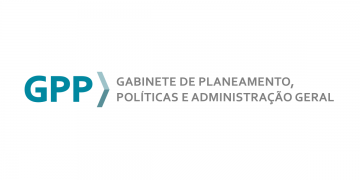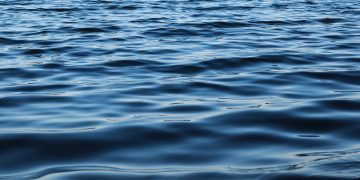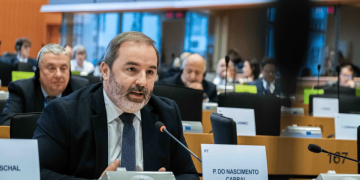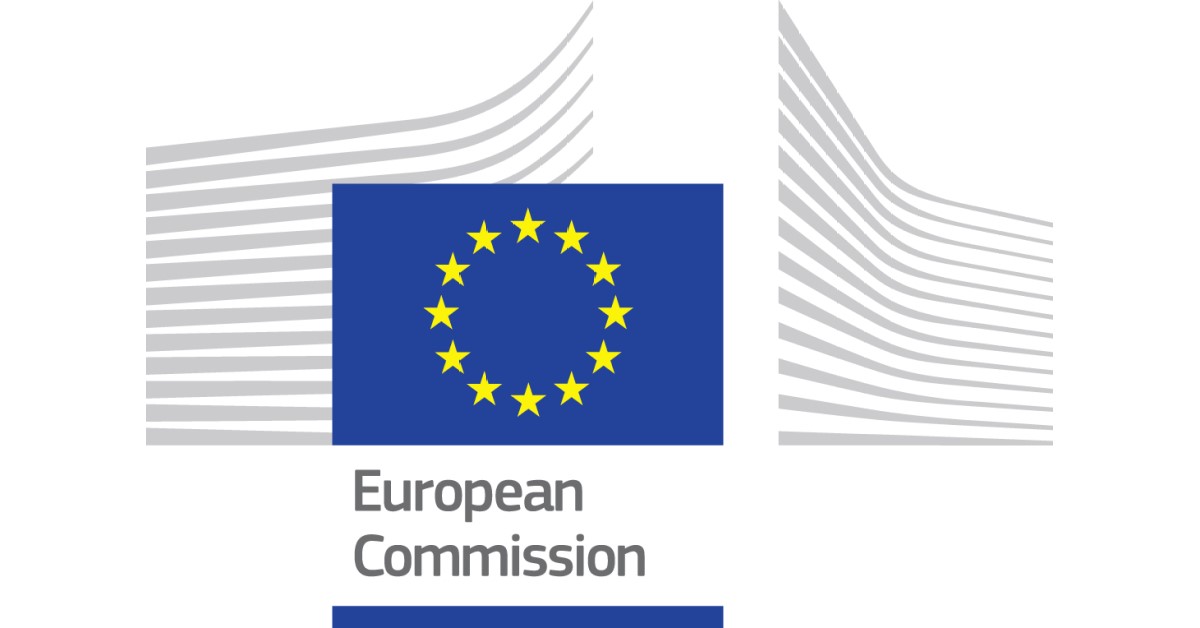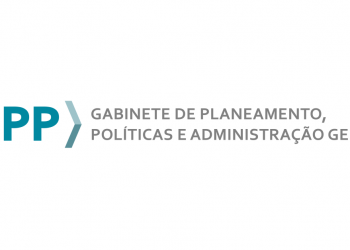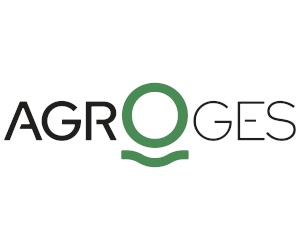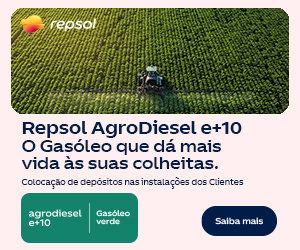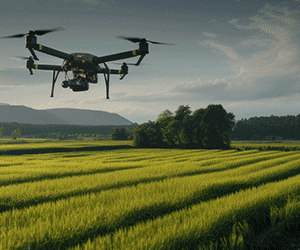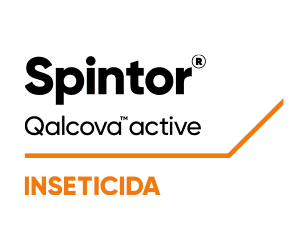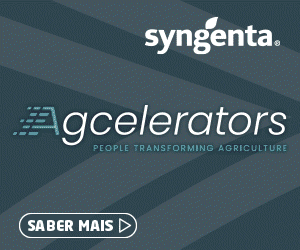Why do we need a Water Resilience Strategy?
Water is essential for life. Human beings, most species and the nature we live in and depend upon, cannot survive without water. Our environment, our economy, our food and energy security, and our quality of life rely on a stable supply of quality water. Access to clean and affordable water is a human right and a public good.
Yet, water is a finite resource that is increasingly under pressure, due to economic and societal activities as well as climate change. While our waters are polluted, and their supply is dwindling, more needs to be done to reduce the risk of floods and droughts. Indeed, 30% of Europe’s land faces water scarcity every year. Floods caused, between 1980 and 2023, losses of €325 billion.
Work is already ongoing in many regions and Member States to ensure water resilience, but more must be done. The Water Resilience Strategy aims to address water-related challenges together while ensuring the availability and quality of water for future generations. It also sets out new investment opportunities in sustainable water management and innovation to boost Europe’s competitiveness.
What are the flagship actions put forward in the Water Resilience Strategy?
To achieve the Strategy’s objectives and support Member States, citizens, local authorities, businesses and civil society, the Commission is proposing actions in five key areas. In each area, the Strategy proposes flagship actions for the European Union and to support its Member States.
Implementation and governance
To achieve water resilience, Member States should accelerate and enhance implementation of already existing EU water legislation. This includes amongst others the Water Framework Directive, the Groundwater Directive, the Environmental Quality Standards Directive, and the Floods Directive. To ensure this, the Commission will launch Structured Dialogues with all Member States. It will also organise regular exchanges with regions, cities and water authorities to promote best practices, identify implementation challenges and enforcement priorities, encourage cross-border water cooperation, and simplify and streamline EU rules where possible. It will also assist Member States in their spatial planning efforts.
Investments
Today around €55 billion is used for water investments across Europe, but there is an annual investment gap of around €23 billion. More public and private investments are needed to progress rapidly and efficiently towards water resilience. The proposals include an increase of available cohesion policy funds for water and a roadmap for nature credits. The European Investment Bank will also launch a new Water Programme and Sustainable Water Advisory Facility, in cooperation with the Commission, and make over €15 billion available during 2025-2027. Investment projects will focus among other on infrastructure, nature-based solutions and pollution control. In addition, private investment plays a key role to strengthen water resilience, and needs to be significantly stepped up.
The Commission will launch a Water Resilience Investment Accelerator to implement 20 pilot innovative cases for natural water retention and water efficiency. Accelerating digitalisation and AI
Digitalisation, including Artificial Intelligence, can revolutionise water management and promote sustainable water use, but this potential needs to be unleashed. For now, uptake across Europe is uneven and slow. To accelerate and simplify sound water management through digitalisation, the Commission will develop an EU-wide Action Plan on digitalisation in the water sector. Smart digital metering offers significant potential to improve leak detections and satellite data can help with forecasting, for example. The Commission will also facilitate access and use of water-related satellite data from Copernicus.
Boosting research and innovation
Investment in research and innovation, industry and skills will strengthen the competitiveness of the water sector. This will be achieved through actions such as the launch of a European Water Academy and putting forward a Water Resilience R&I Strategy. The Commission will also launch a Water Smart Industrial Alliance to stimulate innovation, competitiveness and secure the necessary water skills. The Commission will also look at how it can reduce the water footprint of products under the Ecodesign for Sustainable Product Regulation and EU Ecolabel to empower consumers to reduce water consumption by choosing less polluting, more water-efficient products.
Security and preparedness
Collective water resilience requires security and preparedness. Citizens need solutions that protect them and allow them to be prepared in case of severe water-related disasters or attacks on critical infrastructures. This is why the Commission will enhance EU real-time early warning and monitoring systems for floods and droughts with strengthened links between the European, national and local levels. Actions are also focused on enhancing resilience of on- and offshore water infrastructure.
How will the Water Resilience Strategy support competitiveness?
Investing in sustainable water management and innovation will strengthen Europe’s businesses and boost competitiveness. 40% of global water patents come from Europe.
The Commission will launch a Water Smart Industrial Alliance to support innovation, competitiveness and skills in the EU water sector.
As the EU’s water sector consists of many SMEs, the upcoming EU Start-up and Scale-up Strategy will have a special focus on water resilience. The Scaleup Fund will be relevant to water innovations of a more disruptive character, which is important to activate the potentials of the many patents on water technologies that more or less “on hold” but ready to bring to the market. In line with the Clean Industrial Deal, the Commission will explore incorporating non-price criteria for water management public tenders. This will help public authorities to promote clean and circular water techs and a simplified market access to water SMEs to better untap their innovation potential.
The Commission will also launch a Knowledge and Innovation Community (KIC) in Water, Marine and Maritime Sectors and Ecosystems under the European Institute of Technology (EIT) which will support startups with innovative water solutions. Other existing KICs like EIT Food and EIT Climate have the resent years also put water in a more centre position to its many projects.
How does EU funding support water resilience?
In the 2021-2027 programming period, cohesion policy is already directing more than €24 billion to projects enhancing water resilience (drinking water, wastewater treatment, sustainable water management, preventing floods, as well as droughts and storms) in the whole EU. However, as an additional effort is needed, the Commission has proposed in cohesion policy’s mid-term review to include a specific objective related to promoting secure access to water, sustainable water management and water resilience.
In the proposal, which was presented on 1 April and is currently being negotiated between the European Parliament and the Council, the Commission has proposed higher pre-financing and higher EU co-financing rates in new investments dedicated to water management and water resilience projects.
The next Multi-annual Financial Framework is an opportunity to further support water resilience through investment and reforms.
Does the Strategy propose new legislation or revise existing rules on water?
The Strategy does not propose new legislation. The Water Resilience Strategy focuses on effectively implementing the comprehensive body of existing EU water rules for freshwater, such as the 2000 Water Framework Directive and its daughter directives (the Groundwater Directive, the 2008 Environmental Quality Standards Directive, the 2007 Floods Directive etc). These existing directives and regulations in the EU water acquis for freshwater have in-built review clauses which are not affected by the Strategy.
As regards the environmental protection of marine water, the Water Resilience Strategy announces a revision of the Marine Strategy Framework Directive by 2027, to improve coherence with the EU freshwater acquis and reduce administrative burden by simplifying and addressing inefficiencies in the system.
How will the Commission support Member States to implement EU laws on water?
In February 2025, the Commission published reports on the state of EU’s freshwaters which identified implementation gaps. Building on these findings, the Commission will hold Structured Dialogues with each Member State to address implementation issues and ensure that existing laws are enforced effectively, provide technical assistance and funding to support the implementation of EU water laws.
These Structured Dialogues will also cover topics such as national permitting procedures linked to sound water management of existing and new economic activities. They will also allow the Commission to establish country-specific enforcement priorities.
Since lack of investment is one of the key impediments to greater water resilience, the strategy also sets out how additional public and private investment will be mobilised.
Technical assistance from the Commission will ensure national and local administrations have access to all the available know-how, innovative digital tools to also support better implementation.
What is the ‘water efficiency first’ principle and how will it work in practice?
‘Water efficiency first’ means taking all necessary measures to exploit potential for water efficiency and thereby reduce water demand before exploiting additional water resources. To close the gap between water supply and demand, it prioritises increasing efficiency, and reusing wastewater.
This principle will guide water managers at all levels, from storage, transportation and use in all water using sectors. The Commission therefore recommends to Member States to apply the ‘water efficiency first’ principle in the public water supply sector as well as all sectors of the economy (in agriculture, commerce, energy, industry, and in the digital economy), and at all levels of planning and permitting.
This is accompanied by a common objective to enhance water efficiency by 10% until 2030. Member States are recommended to set their own targets for water efficiency, based on their national circumstances, and the Commission will work with Member States and stakeholders to develop a joint methodology for water efficiency targets, taking into account territorial and other differences between countries, regions and sectors.
How will the Commission support farmers to become water efficient?
The Common Agricultural Policy (CAP) and the national CAP Strategic Plans provide support for agricultural practices. This includes precision farming and drip irrigation that enhance water efficiency, circularity, and improve water retention, whilst curbing nutrient and pesticides pollution.
It is crucial to ensure that Member States make maximum use of these possibilities and better integrate water resilience in the CAP Strategic Plans, while promoting innovation, knowledge exchange and strengthening their Farm Advisory Services’ capabilities.
To continue assisting farmers, the Commission will under the future CAP continue to incentivise farmers engaging in transformational and structural changes to improve the environmental and climate performance of their holdings, including towards a better water management.
How will the Commission support the industry to become water efficient?
The Water Resilience Strategy foresees an action to integrate water efficiency into existing industrial ecosystems and launch a pilot project to promote water efficiency in selected industrial clusters.
Water usage will be included among the parameters of a common Union scheme to rate the sustainability of data centres and set water consumption minimum performance standards. The Industrial Emissions Directive provides for a legal framework to promote water efficiency through Best Available Techniques.
How will the Water Resilience Strategy make Europe more resilient to climate-related disasters?
The Strategy aims to improve flood and drought risk management, enhance protection of critical water infrastructure and strengthen the EU’s solidarity toolbox. It builds on, and improves, existing mechanisms, and proposes measures to address gaps. Existing legislation requires Member States to adopt Flood Risk Hazard and Flood Risk Management Plans, as well as national Climate Risk Assessments. The Commission is also assisting Member States to develop Drought Management Plans. In addition, EU Cohesion Policy funds are available for flood prevention measures. Also, farmers obtain support from the Common Agricultural Policy when droughts annihilate their harvests, and the EU’s Civil Protection Mechanism helps Member States when disasters strike.
Flagship actions in the Strategy include updating the Critical Entities Resilience Directive and working closely with NATO to protect critical water infrastructure. Actions also include measures to strengthen the EU’s solidarity toolbox (including RescEU, the Union Civil Protection Mechanism, the EU Solidarity Fund) and real time and early warning systems for floods and droughts through the European Drought Observatory and the European Flood Awareness System.
What does the Water Resilience Strategy propose against water pollution?
The EU already has a comprehensive and well-developed regulatory framework to reduce the pollution of our waters and protect human health and the environment. The Water Framework Directive’s objective to achieve good status of all water bodies by 2027 remains the compass for action. However, the recent assessment of the implementation of the Directive has revealed severe implementation gaps, which keep us far from achieving its objectives.
What we need to prevent pollution at source is better implementation of existing EU legislation, and this is precisely one of the priorities of the Strategy. This is to be achieved, for example, through Structured Dialogues with Member States, aimed at significantly accelerating implementation and identifying additional measures to achieve good water status.
Furthermore, the Strategy proposes additional support to address the main sources of pollution. This support concerns, for example, the detection and remediation of PFAS and other persistent chemicals, and the reduction of nutrients pollution. The Commission aims to set up a public private partnership that supports technological breakthroughs to clean up pollution from PFAS and other persistent chemicals.
How does the Water Resilience Strategy ensure access to water for all?
The Strategy builds on a robust legal framework of the European Union for water The boost that the Strategy will give to implementation of EU law will also focus on the existing obligation for Member States to improve or maintain access to water intended for human consumption for all, in particular for vulnerable and marginalised groups.
The Drinking Water Directive obliges Member States to ensure that all consumers have access to sufficient quantities of water of appropriate quality for personal and domestic use. Equally, the Urban Waste Water Treatment Directive obliges Member States to improve access to sanitation for all groups without or with limited access to sanitation These are a key provision aimed at guaranteeing the fundamental right to safe and clean drinking water across the European Union.
Globally, the EU will foster cross-border water cooperation through supporting accession to the UN Water Convention. It will also support the access to an improved drinking water source and/or sanitation facility, unlock larger investments and boost competitiveness of the EU water industry.
What is the EU doing internationally on the water sector?
Global water cooperation can be a tool for peace, security and stability. The EU plans to increase funding and support to partner countries through the Global Gateway. The EU will strengthen global water governance, further support transboundary water cooperation, and increase investments in water infrastructure and innovative financing. It will also support access for at least 70 million people to clean drinking water and/or sanitation and mobilise private sector innovative financing under the European Fund for Sustainable Development to unlock larger investments.
What is the role of research and innovation in the Strategy?
The Water Resilience Strategy aims to open up new market and innovation opportunities for the highly competitive EU water industry. Half of the 15 top water-related companies are based in the EU. In addition, 40% of inventions in water-related technologies come from European applicants.
The EU is supporting significant investment in Research and Innovation under the Horizon Europe 2021-2027 Framework Programme, including the EU Mission Restore our Ocean and Waters and on Adaptation to Climate Change. Effective use of EU research funds can help bring innovative technologies to market and support SMEs. By the end of 2026, the Commission will adopt a Water Resilience Research and Innovation Strategy.
The Commission will also develop an EU-wide Action Plan for Digitalisation in the Water Sector to unleash the large untapped potential of digital solutions for revolutionising water management and promoting sustainable water use.
What is the role of the EU and Member States in water management?
Water is managed primarily at the level of municipalities and regions. The actions contained in the Water Resilience Strategy aim to support Member States to address common water challenges and simplify implementation of existing rules.
By working together, the EU and its Member States can ensure sustainable water management, while respecting the principle of subsidiarity and local competence.
O artigo foi publicado originalmente em Comissão Europeia.



